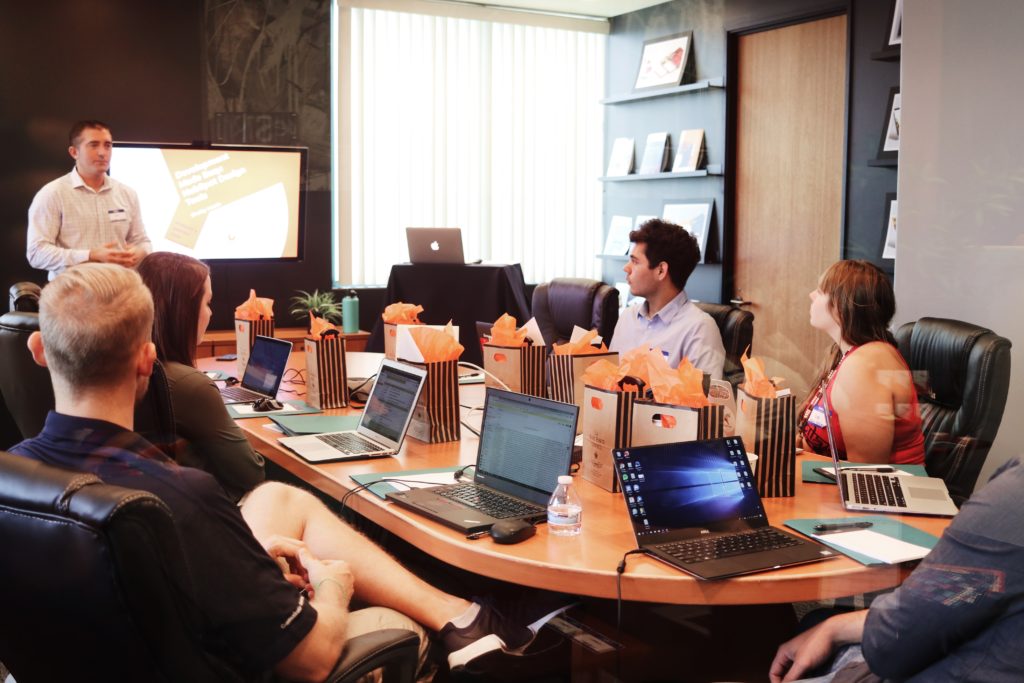
A lunch and learn is a fun, interactive, informal training session that takes place during the workplace lunch hour. Lunch and learns are typically held to educate the team on a topic and encourage team building. So, how do you pull it off without breaking the bank?
What’s For Lunch?
Brown-bag it. The most obvious expense associated with a lunch and learn is the lunch itself. Invite your employees to bring their own food, and voilà: the meal is cost-neutral.
Make a sandwich station. If you want to provide lunch, consider setting up a sandwich bar. You can offer a complete buffet on a grocery-store budget, with enough variety on the table to meet everyone’s dietary needs.
Look Who’s Talking.
Invite a guest. Reach out to a local artist, diversity council, or life skills specialist (e.g. retirement planner) to give a guest demonstration. Offer them a thoughtful gift to thank them for coming, and you’ve got a low-cost presentation.
Leverage in-house expertise. Cross-training is a great use of lunch and learn time, in which an expert from one department shares knowledge with those from other departments.
What to cover?
A lunch and learn should be fun and engaging, not heady and dry. For example:
#1: Say yes.
For a warm-up, try some time-tested improv games to get the energy, laughs, and ideas flowing. Here are three exercises to get you started.
#2: Think multimedia.
Include pictures, videos, and infographics to make the presentation more visual than verbal.
#3: Generate ideas.
People learn best when they’re coming up with ideas themselves. Pick a topic, provide a prompt, and ask the room to get creative.
For example:
- Write words on sticky notes and stick them to the whiteboard.
- Put staff feedback or perceptions on notecards and drop them into an anonymous jar.
- Break into small groups to fill out a funny or interesting worksheet.
- Do some automatic writing: set a timer and keep the pens moving until it stops, then ask people to share their best ideas aloud.Remember, when it comes to planning an interactive learning session, creativity is much more important than the money you have to spend. Emphasize quality and fun over cost, and you’ll be on the right track.
#4: Go hands-on.
If it abstractly relates to your topic, have someone demonstrate a tactile skill (such as drawing or modeling clay), pass out materials, and let your team have a go. Invite volunteers to share what they came up with, what was easy, what was hard, and how they felt about it.